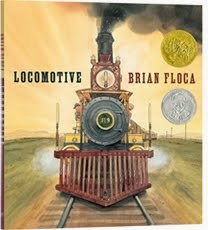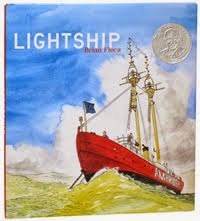skip to main |
skip to sidebar

A commission and funding from Elizabeth Sprague Coolidge made possible the collaboration described in Jan Greenberg and Sandra Jordan’s Ballet for Martha: Making Appalachian Spring. Fast forward to today, and the Martha Graham Dance Company is running a Kickstarter campaign to make possible a new collaboration, this time with choreographer Nacho Duato. If the process in Ballet for Martha was interesting to you, then here’s a chance to see something like it from the inside, and for less than it cost Elizabeth Coolidge; for $20 (or more), donors will be able to watch a rehearsal via live streaming video. I feel lucky to have been able to watch the Company rehearse while I was working on Ballet for Martha and am glad to think of other people getting the chance, too. And even if you don’t watch the rehearsal, the campaign still gives those interested the chance to help some great artists create new work. You can take a look at the campaign, including a video that shows more of what this new piece will be about, here.
I’m happy that Locomotive will share a good review in the New York Times Book Review this weekend with Elisha Cooper’s Train and Jason Carter Eaton’s and (former studio mate) John Rocco’s How to Train a Train. The full review for the three books is here. I’m even happier that Locomotive is a selection this year for the Book Review’s annual 10 Best Illustrated Books of the Year. (“Since 1952,” says the Times, “the Book Review has convened an independent panel of judges to select picture books on the basis of artistic merit. Each year, judges choose from among thousands of picture books for what is the only annual award of its kind.”) A slideshow from all ten books is online here.
Thank you to the Times, thank you to this year’s Best Illustrated jury, and congratulations to all the other illustrators on the list! It’s an honor to be in their company!
Above, the masthead of the Times as it appeared in the 1860s, the era of Locomotive—back when New York was New-York. (More on that, here.)








